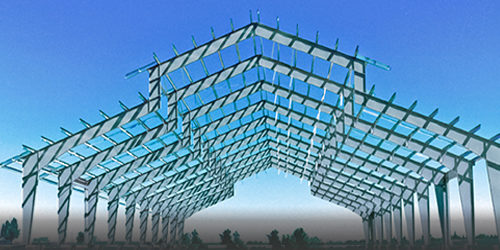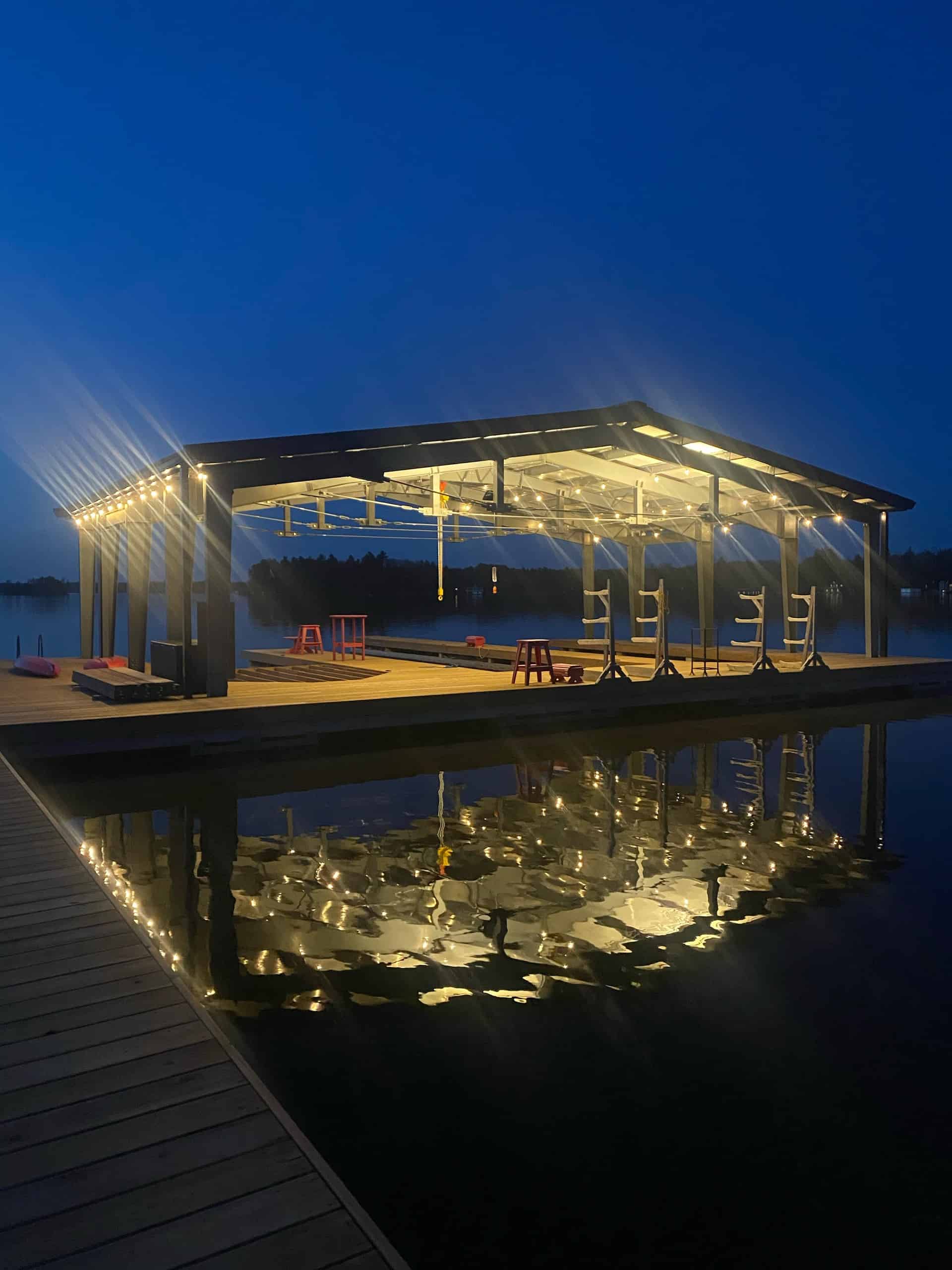Expert Overview to Steel Building Design: Making Best Use Of Performance and Durability
In the world of building and construction, the choice of building product holds critical value in figuring out the effectiveness and longevity of a framework. Steel, with its phenomenal strength, durability, and convenience, has become a preferred alternative for modern building design. Engineers and architects are constantly checking out cutting-edge means to harness the possibility of steel in creating enduring and lasting buildings. From enhancing style considerations to implementing affordable building methods, the trip towards taking full advantage of effectiveness and durability in steel building style is a diverse one, providing a blend of useful difficulties and innovative options that propel the industry ahead.
Benefits of Steel Buildings
Steel structures use unmatched sturdiness and cost-effectiveness compared to traditional building and construction materials. The toughness of steel supplies excellent structural honesty, making it a preferred selection for buildings that require to hold up against severe weather or heavy tons. Steel is extremely resistant to parasites, mold and mildew, and fire, making sure a much longer lifespan with marginal maintenance needs. Additionally, steel is a sustainable product, as it is totally recyclable and can be repurposed at the end of its helpful life.
In regards to cost-effectiveness, steel structures are usually much more economical than structures made from other materials. The efficient building process of steel structures can lead to minimized labor prices and shorter job timelines. Steel's durability also converts to lower maintenance costs gradually, as there is less demand for substitutes or repairs compared to traditional building materials.
Style Considerations for Effectiveness
Offered the advantages of steel buildings in terms of sturdiness and cost-effectiveness, it is important to focus on style considerations that maximize effectiveness and durability. When developing a steel structure for ideal performance, elements such as the insulation, format, and orientation need to be thoroughly taken into consideration.

Additionally, integrating energy-efficient systems, such as a/c, illumination, and renewable power resources, can further boost the effectiveness of steel buildings. By integrating these style factors to consider, steel structures can accomplish ideal efficiency and long life, offering affordable and lasting solutions for different building projects.
Architectural Integrity and Durability

Additionally, the option of high-grade steel and layers is vital for durability. Corrosion-resistant finishings protect versus rust and wear and tear, prolonging the life of the framework. Regular maintenance, consisting of evaluations for indicators of wear or damage, is likewise vital for determining and addressing problems prior to they endanger the building's honesty. By prioritizing structural integrity in the layout phase and throughout the building's life expectancy, owners can ensure their steel structures remain risk-free, effective, and sturdy for several years ahead.
Cost-efficient Construction Techniques
Efficient construction techniques play a crucial duty in handling prices our website without compromising the quality and integrity of steel structure tasks. One cost-effective method is using pre-engineered steel structure systems. These systems are created off-site and after that put together on-site, minimizing building time and labor costs. Additionally, pre-engineered steel buildings are known for their resilience and call for minimal upkeep, causing lasting expense savings.
One more cost-effective technique is the design-build method, where the design and building phases are incorporated. This approach cultivates cooperation between the design and building and construction groups, enhancing the process and decreasing delays and cost overruns (steel buildings). By entailing all stakeholders from the beginning, potential problems can be identified and resolved early, conserving both time and money
Additionally, adopting lasting building techniques, explanation such as using recycled steel and integrating energy-efficient attributes, can cause significant expense financial savings over time. These practices not just reduce building and construction waste however also lower functional costs with boosted energy effectiveness. Finally, applying economical building and construction methods is vital for optimizing performance and making certain the longevity of steel building projects.
Upkeep Tips for Durability
Appropriate upkeep practices are crucial for making certain the longevity and structural honesty of steel structures. Regular evaluations are necessary to determine any kind of signs of corrosion, damage, or use that can compromise the building's durability. As component of an extensive upkeep plan, it is necessary to promptly attend to any kind of concerns that emerge to stop them from intensifying and creating much more comprehensive damage.

An additional vital maintenance suggestion is to check the structure's welds, fasteners, and connections to ensure they are secure and in great problem. Any broken or loose elements need to be fixed or replaced without delay to maintain the structural integrity of the structure. By implementing a positive upkeep routine, steel building proprietors can maximize the durability and performance of their frameworks.
Final Thought
In verdict, steel her explanation structures offer many benefits such as cost-effectiveness, longevity, and effectiveness. By thoroughly considering design elements, making sure structural integrity, and using economical building techniques, steel buildings can be maximized for optimal effectiveness and durability. Regular maintenance is likewise essential to guaranteeing the longevity of a steel structure. On the whole, steel structures are a sturdy and reputable choice for various construction tasks.
From optimizing design factors to consider to carrying out cost-effective building and construction techniques, the journey towards making best use of efficiency and long life in steel building layout is a multifaceted one, offering a mix of useful obstacles and creative remedies that thrust the industry ahead.
Given the advantages of steel structures in terms of toughness and cost-effectiveness, it is essential to concentrate on layout factors to consider that make the most of efficiency and long life. When designing a steel building for optimum efficiency, elements such as the format, insulation, and orientation should be meticulously thought about. In conclusion, implementing economical building methods is important for making the most of effectiveness and making sure the longevity of steel building projects.
By carefully considering design elements, guaranteeing structural stability, and using cost-efficient construction methods, steel structures can be maximized for maximum effectiveness and longevity.